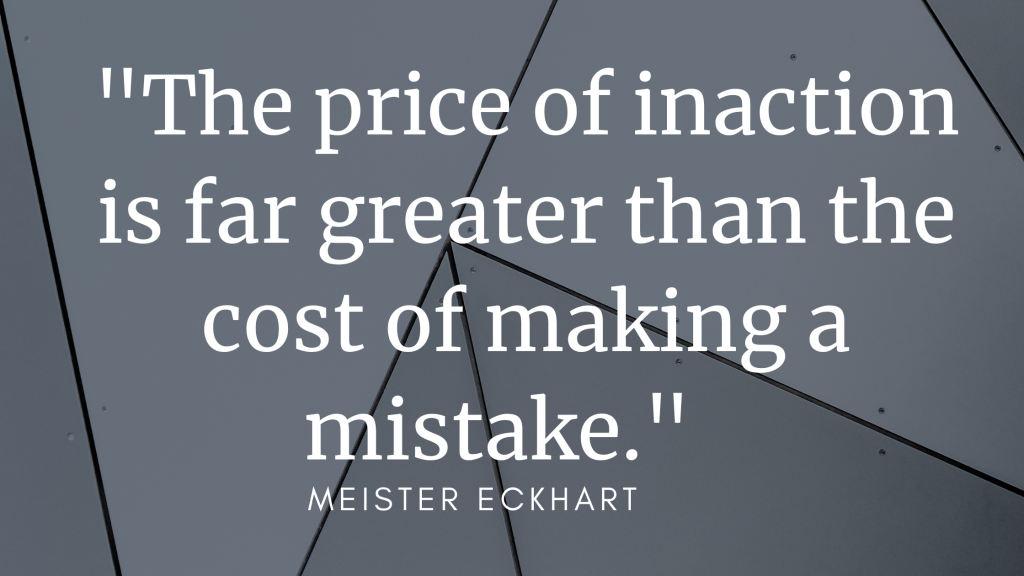Physical Address
304 North Cardinal St.
Dorchester Center, MA 02124
Physical Address
304 North Cardinal St.
Dorchester Center, MA 02124

Are you tired of feeling overwhelmed and unproductive? Do you struggle to get everything done on your to-do list, and often feel like you’re falling behind? If so, you’re not alone. In today’s fast-paced world, it can be difficult to keep up with the demands of work, family, and personal commitments.
But what if we told you there is a way to boost your productivity and get more done in less time? In this blog post, we’ll be sharing 15 top productivity tips to be more productive.
From setting specific goals to staying organized and taking care of your mental health, we’ve got you covered. So if you’re ready to take control of your time and achieve more, keep reading. You won’t want to miss the last tip – it’s a game-changer!

Productivity is a measure of the efficiency of a person, group, or system in converting inputs (such as labor, resources, and time) into outputs (such as goods, services, and information).
Productivity is important because it directly affects an organization’s ability to compete in the market, as well as its bottom line. By being more productive, we can accomplish more in less time, freeing up time for other pursuits and reducing stress.
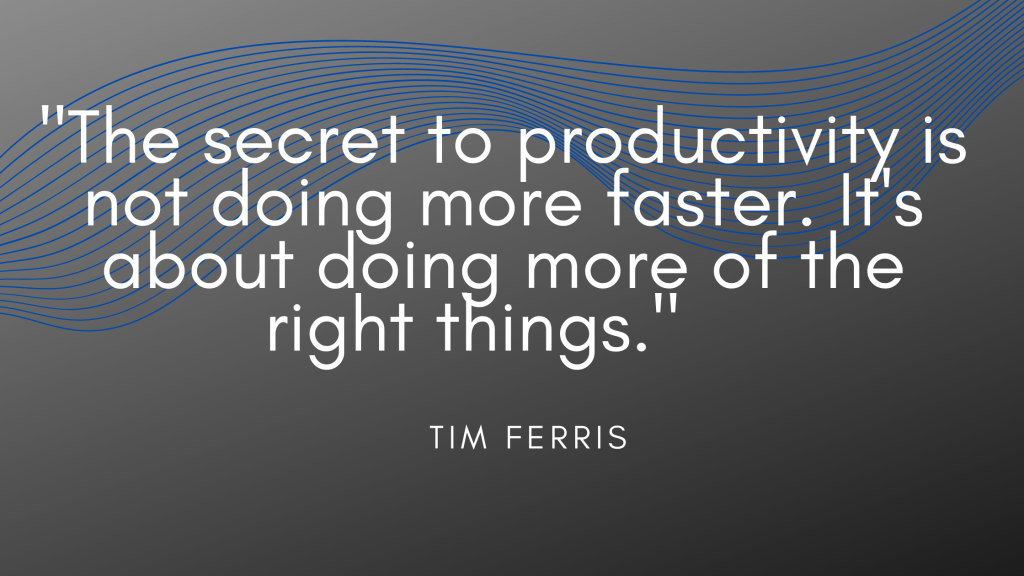
There are many factors that can impact productivity, including the tools and resources available, the efficiency of processes and systems, and the motivation and engagement of team members.
To be more productive, it’s important to identify and address any bottlenecks or inefficiencies, as well as to find ways to motivate and engage team members.
This can involve implementing new technologies, streamlining processes, or finding ways to make work more enjoyable and rewarding.
Being productive comes with many benefits, which is why there are so many self-help materials focused on improving productivity.
There are also a number of habits and practices that can help individuals increase their productivity. These can include setting specific and achievable goals, creating a to-do list, prioritizing tasks, and scheduling time for tasks.
Other strategies include reducing distractions, using the Pomodoro Technique, minimizing multitasking, and eliminating unnecessary tasks.
It’s also important to take breaks, stay organized, get enough sleep, exercise regularly, eat a healthy diet, and stay hydrated.
And don’t forget to take care of your mental health – this can have a big impact on your productivity.
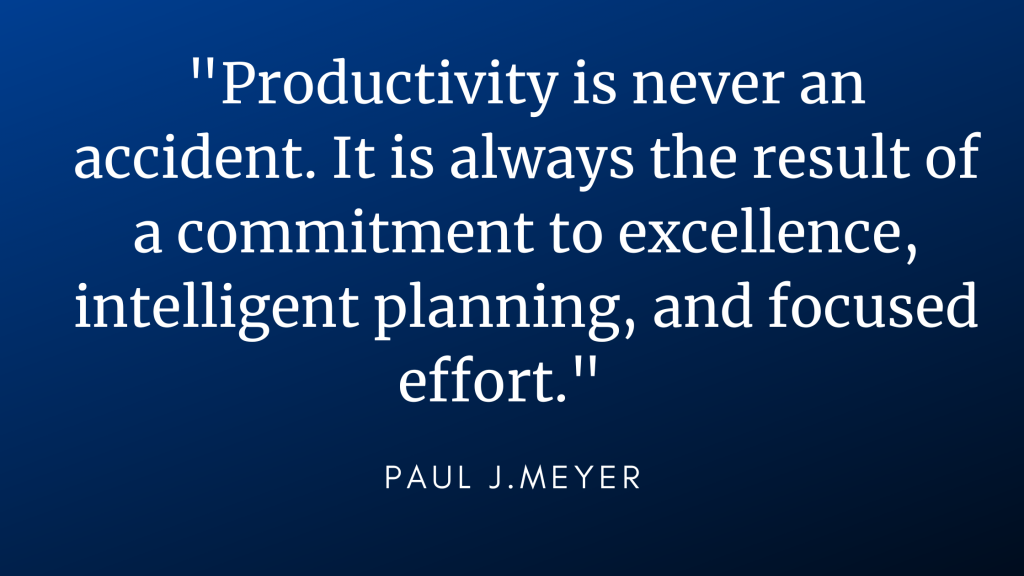
Overall, productivity is about finding ways to work smarter, not harder. By identifying and addressing inefficiencies and adopting habits and practices that support productivity, we can accomplish more in less time and achieve our goals more quickly.
How to have a productive day
Having a productive day requires planning and effort, but it’s well worth it. By being productive, you can accomplish more in less time, freeing up time for other pursuits and reducing stress.
These 15 tips will come in handy as you start your journey of having a productive day and developing characteristics that contribute to a person’s productivity levels.
These include motivation, personality, and energy levels, with these traits you will be able to achieve your desired level within a short period.
Let’s GO
Setting specific, achievable goals is an important step in increasing productivity.
Goals provide direction and focus, helping us to know what we need to do and why it’s important. Without goals, it’s easy to get sidetracked or lose motivation.
To set effective goals, it’s important to make them specific and achievable. Vague or unrealistic goals are unlikely to be motivating or inspiring.
Instead, focus on setting clear, well-defined goals that are achievable given your resources and constraints.
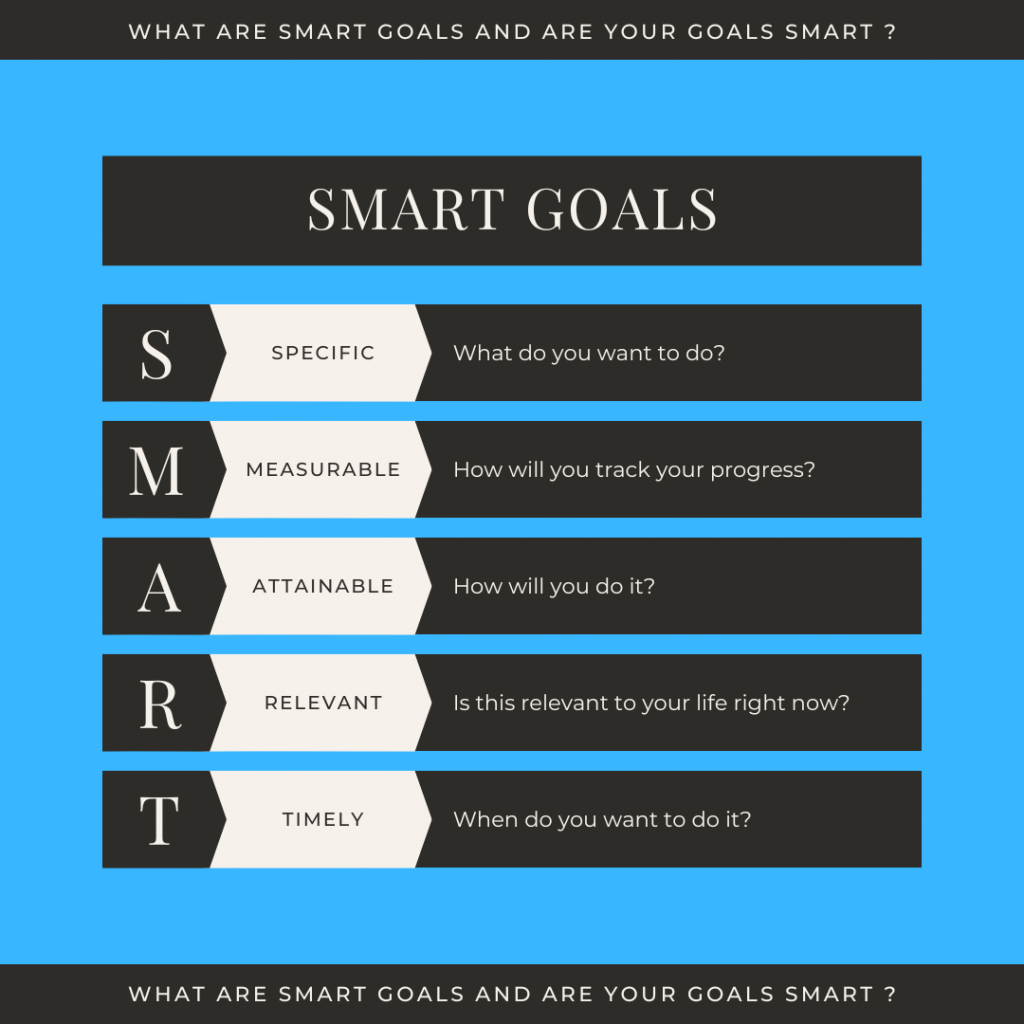
One way to do this is to use the SMART criteria:
By setting specific, achievable goals, you can stay focused and motivated, and make progress towards your objectives.
A to-do list is a simple but powerful tool for increasing productivity.
It helps you keep track of what needs to be done and provides a sense of accomplishment as you check off items.
To create an effective to-do list, consider the following tips:
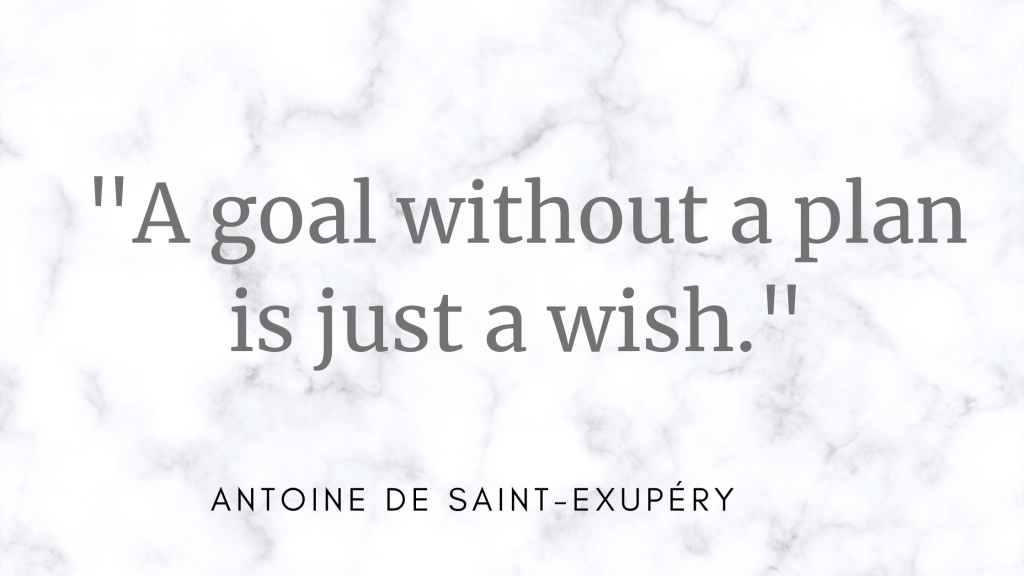
By using a to-do list, you can stay organized and focused, and make progress towards your goals.
Prioritizing tasks is a crucial step in increasing productivity. When you have a long to-do list, it can be overwhelming to know where to start.
By prioritizing tasks, you can focus on the most important or urgent items first, and avoid wasting time on tasks that are less important.
There are several ways to prioritize tasks. One common method is the ABC method, which involves classifying tasks as A (high priority), B (medium priority), or C (low priority).
You can also use the Eisenhower matrix, which categorizes tasks as urgent and important, important but not urgent, urgent but not important, and neither urgent nor important.
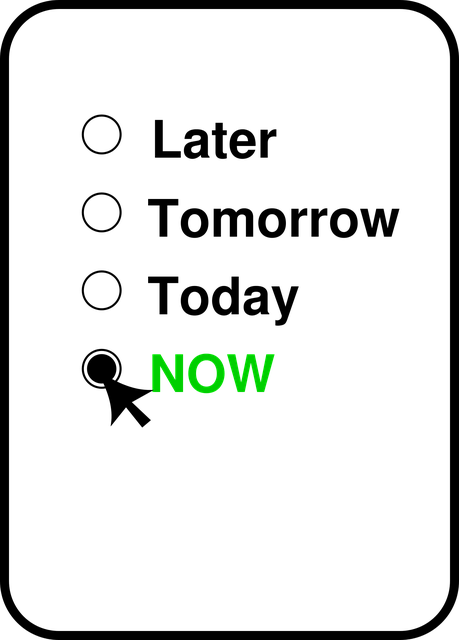
To prioritize tasks effectively, consider the following factors:
By prioritizing tasks based on these factors, you can make the most of your time and focus on the tasks that will have the greatest impact.
Scheduling time for tasks is a key productivity strategy.
By setting aside dedicated blocks of time for specific tasks, you can minimize distractions and stay focused on the task at hand.
There are a few different approaches you can take to scheduling tasks:

Regardless of the approach you take, it’s important to be flexible and adjust your schedule as needed.
Sometimes unexpected things come up, and it’s okay to rearrange your schedule to accommodate them. Just be sure to prioritize the most important assignment first.
By scheduling time for engagements, you can stay focused and make progress toward your goals more efficiently.
It will be good to start developing better work habits and managing your time for a more productive day.
Using a planner or calendar can be a great way to be more productive.
A planner or calendar helps you to keep track of your tasks and commitments, ensuring that you don’t double-book or miss important deadlines.

There are several ways to use a planner or calendar to boost your productivity:
By using a planner or calendar, you can stay organized, avoid conflicts, and make the most of your time.
Distractions are one of the biggest obstacles to productivity.
Whether it’s an email notification, a colleague stopping by to chat, or a social media feed, distractions can pull us away from the task at hand and make it difficult to focus.
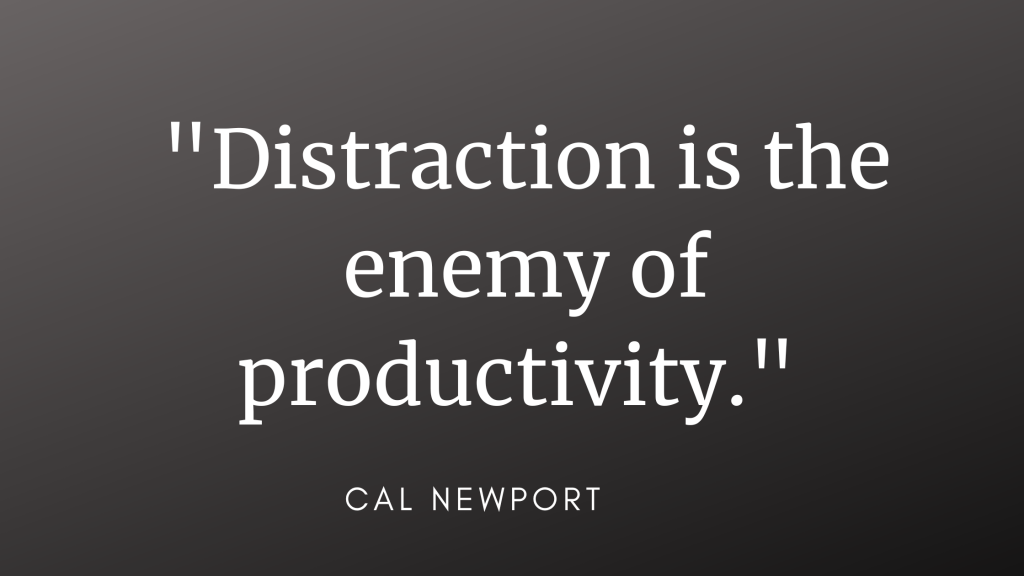
To reduce distractions, try the following strategies:
By reducing distractions, you can stay focused on your tasks and be more productive.
The Pomodoro Technique is a time management method that involves working in 25-minute increments (called “pomodoros”), followed by short breaks.
The idea is to work with focused intensity for a set period of time, and then take a break to rest and recharge.
To use the Pomodoro Technique:
The Pomodoro Technique can be effective for increasing productivity because it helps to break up the workday into manageable chunks, and allows for regular breaks to rest and recharge.
It can also help to eliminate distractions and increase focus.
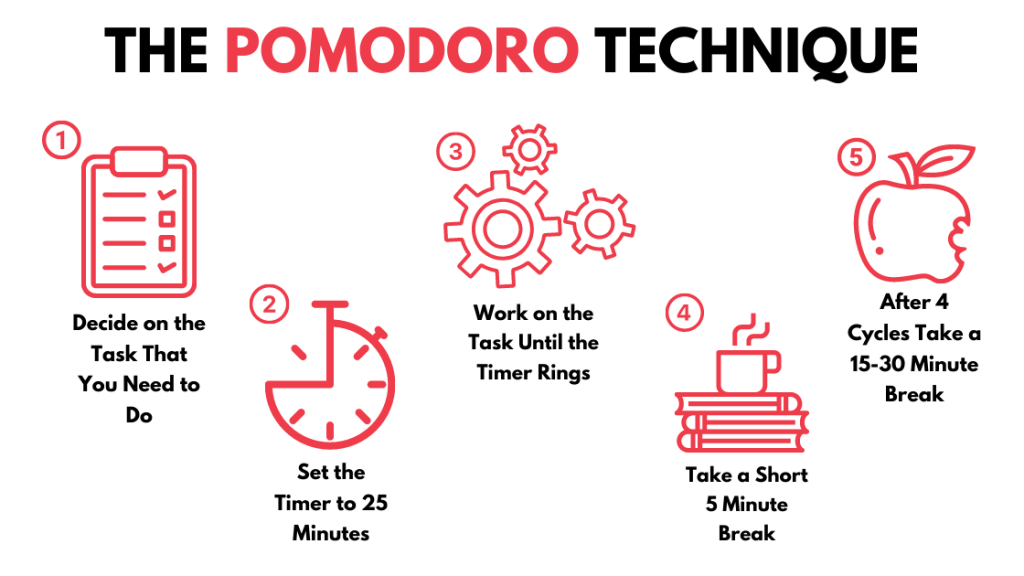
To make the most of the Pomodoro Technique, it’s important to:
By using the Pomodoro Technique, you can work with focused intensity, take regular breaks to rest and recharge, and get more done in less time.
Multitasking, or the practice of doing multiple things at the same time, can seem like a good way to get more done in less time.
However, research has shown that multitasking can actually decrease productivity and impair cognitive performance.
When we multitask, our brain has to constantly switch between different tasks, which can be mentally exhausting and lead to mistakes and errors.
It can also disrupt our workflow and make it harder to fully engage with any one task.
To minimize multitasking and increase productivity, try the following tips:
Finally, consider using tools or techniques to help you stay focused and avoid multitasking.
For example, you might use a productivity app or extension to block distracting websites or apps, or try the Pomodoro Technique to break work into focused blocks of time.
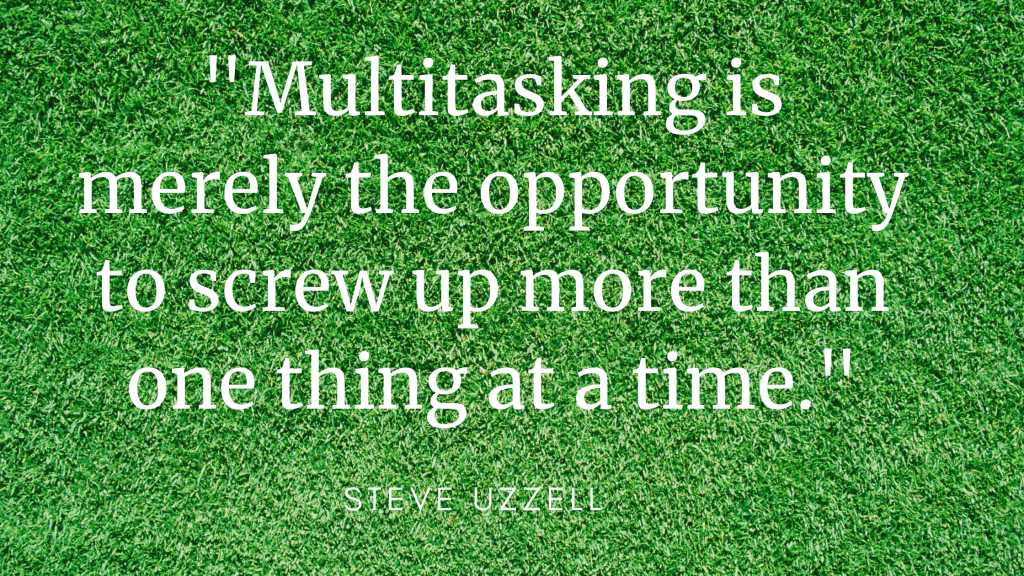
By minimizing multitasking and focusing on one task at a time, you can increase your productivity and get more done in less time.
Eliminating unnecessary tasks can be a powerful way to increase productivity.
By focusing on the tasks that are truly important and valuable, you can reduce the amount of time and energy you spend on non-essential activities.
Once you’ve identified these tasks, consider whether they are truly necessary or whether they could be eliminated or delegated to someone else.
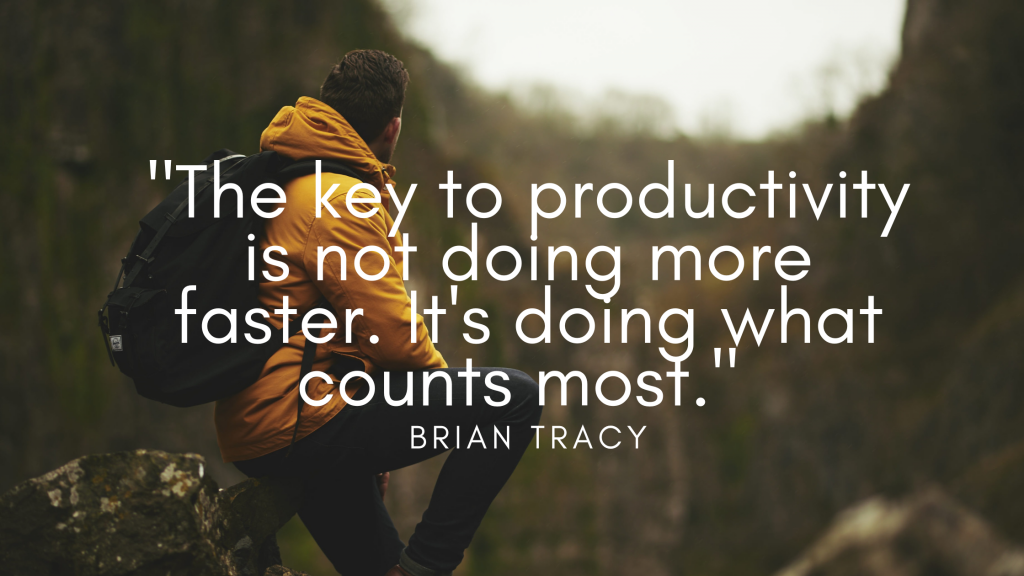
Here are a few tips for eliminating unnecessary tasks:
By eliminating unnecessary tasks, you can free up more time and energy to focus on the tasks that truly matter.
This can help you to be more productive and achieve your goals more quickly.
One of the keys to increasing productivity is to focus on the tasks that are most important and that only you can do.
Delegating tasks can help you free up time and energy to focus on the most important tasks, and it can also help to develop the skills and capabilities of team members.
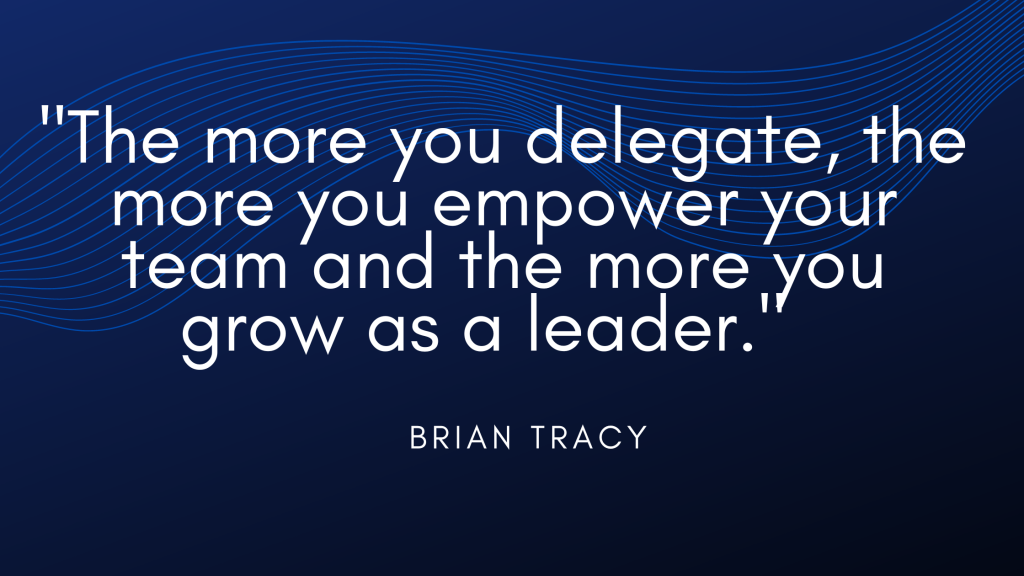
To delegate tasks effectively, it’s important to:
By delegating tasks effectively, you can free up time and energy to focus on the most important tasks, and help to develop the skills and capabilities of your team.
Staying organized is an important part of increasing productivity.
When we’re organized, it’s easier to find things, track progress, and stay focused on our tasks.
To stay organized, there are a few key things you can do:
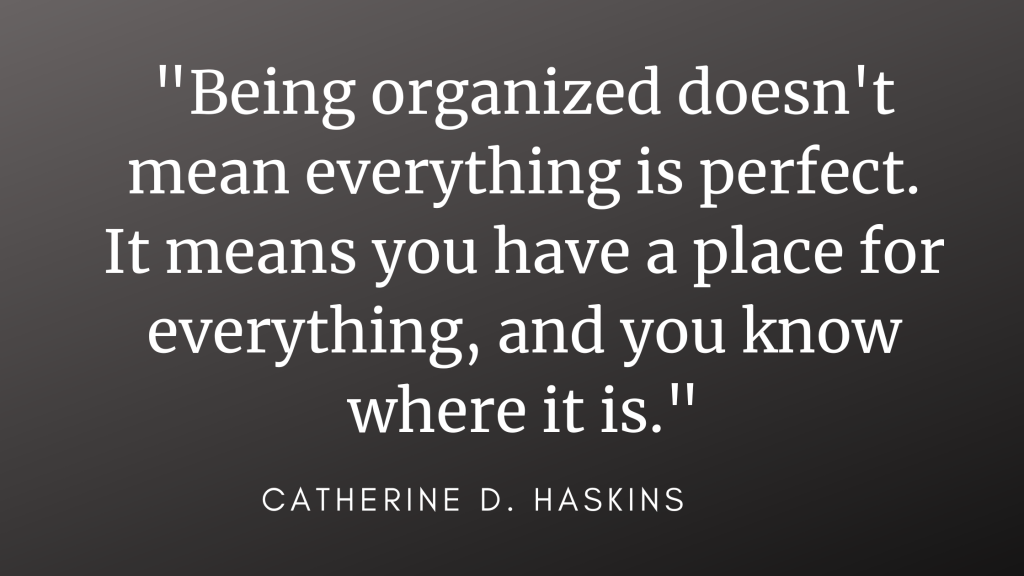
By staying organized, you can save time, reduce stress, and be more productive.
Getting enough sleep is essential for productivity. When we’re well-rested, we have more energy, focus, and motivation to tackle our tasks.
In contrast, when we’re tired, we’re more likely to make mistakes, have difficulty concentrating, and feel less motivated.
It’s also a good idea to create a relaxing bedtime routine, such as reading or listening to soothing music, to help you wind down and prepare for sleep.
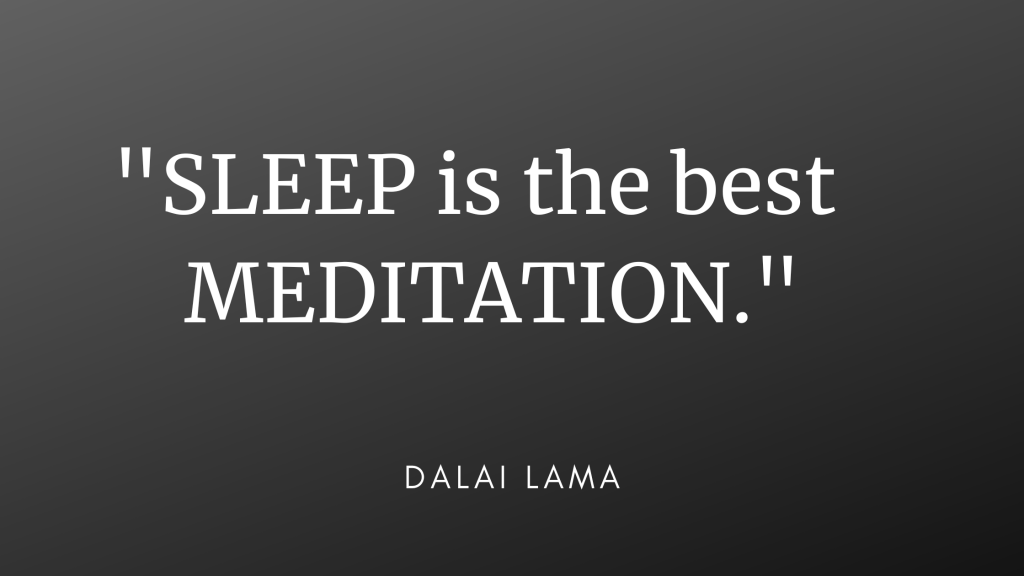
Other tips for getting enough sleep include:
By getting enough sleep, you can improve your productivity, focus, and overall well-being.
Exercise is not only good for your physical health, but it can also boost your productivity.
Regular exercise has been shown to improve cognitive function, increase energy levels, and reduce stress and anxiety.
All of these benefits can contribute to increased productivity.
To get the most out of exercise, it’s important to find activities that you enjoy and that fit into your schedule.
This could be anything from a daily walk or run, to an after-work gym session, to a weekend sports league.
The key is to make exercise a regular part of your routine.
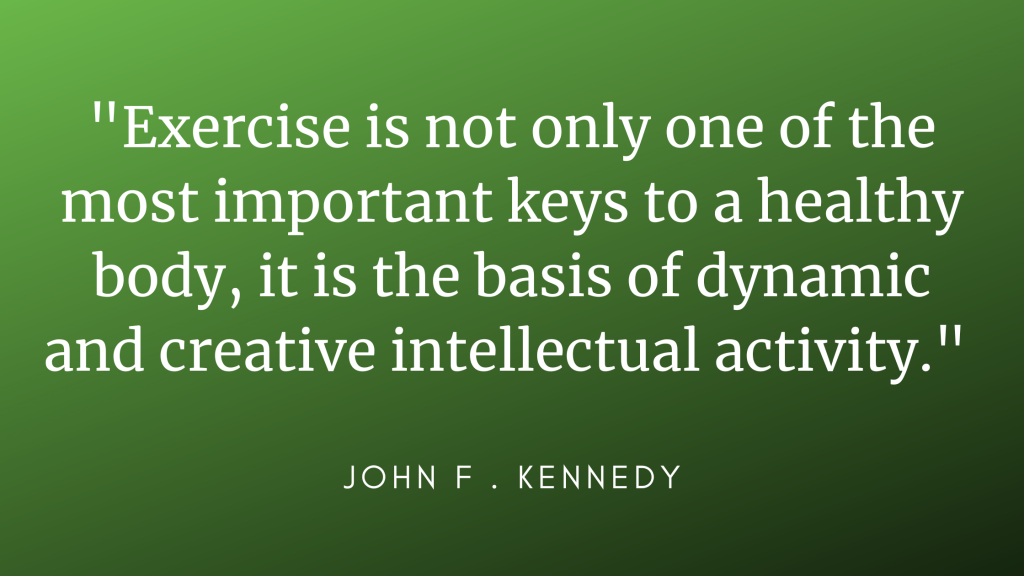
If you’re new to exercise or have physical limitations, it’s important to start slowly and consult with a healthcare professional to determine what types of exercise are safe and appropriate for you.
As you become more comfortable and fit, you can gradually increase the intensity and duration of your workouts.
By making exercise a regular part of your routine, you can boost your productivity and enjoy the many benefits of a healthy, active lifestyle.
Taking care of your mental health is important for overall well-being and can have a big impact on your productivity. When we’re stressed, anxious, or overwhelmed, it can be difficult to focus and get things done.
On the other hand, when we’re feeling balanced and emotionally healthy, we’re more likely to be productive and effective.
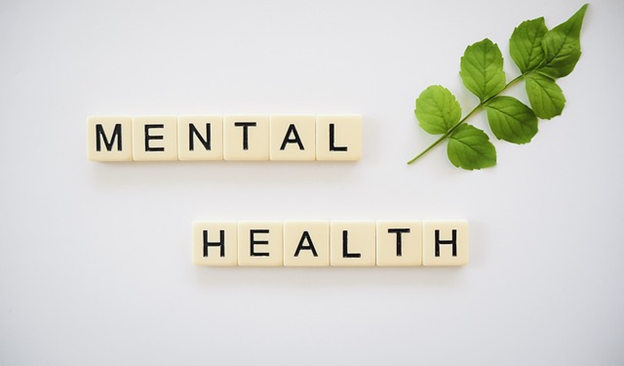
There are a number of ways you can take care of your mental health:
By taking care of your mental health, you can increase your productivity and achieve your goals more easily.
The final tip for increasing productivity is to review and reflect on your progress regularly.
This can help you identify what’s working well and what could be improved, and make adjustments as needed.
One way to do this is to set aside time at the end of each day or week to review your accomplishments and progress.
Consider what you’ve accomplished, what you could have done better, and what you might do differently in the future.
This can help you identify any bottlenecks or inefficiencies in your workflow, and make adjustments to improve your productivity.

Another way to review and reflect is to track your progress over time. This can help you see trends and patterns, and identify any areas where you may need to make changes.
By reviewing and reflecting on your progress regularly, you can continually improve your productivity and achieve your goals more efficiently.
In conclusion, boosting your productivity is about finding ways to work smarter, not harder.
By adopting the 15 top tips we’ve shared in this blog post, you can increase your efficiency, get more done in less time, and achieve your goals more quickly.
From setting specific, achievable goals and creating a to-do list, to staying organized and taking care of your mental health, there are many ways to increase your productivity.
By finding the right strategies and habits that work for you, you can take control of your time and achieve more.
And don’t forget the final tip: don’t miss the last one! While all of the tips in this blog post are important, the last one is a game-changer.
It’s about reviewing and reflecting on your productivity and identifying areas for improvement.
By regularly reviewing and reflecting on your productivity, you can identify what’s working and what’s not, and make adjustments as needed.
So don’t wait – start implementing these tips today and take control of your productivity. You’ll be amazed at what you can accomplish!
